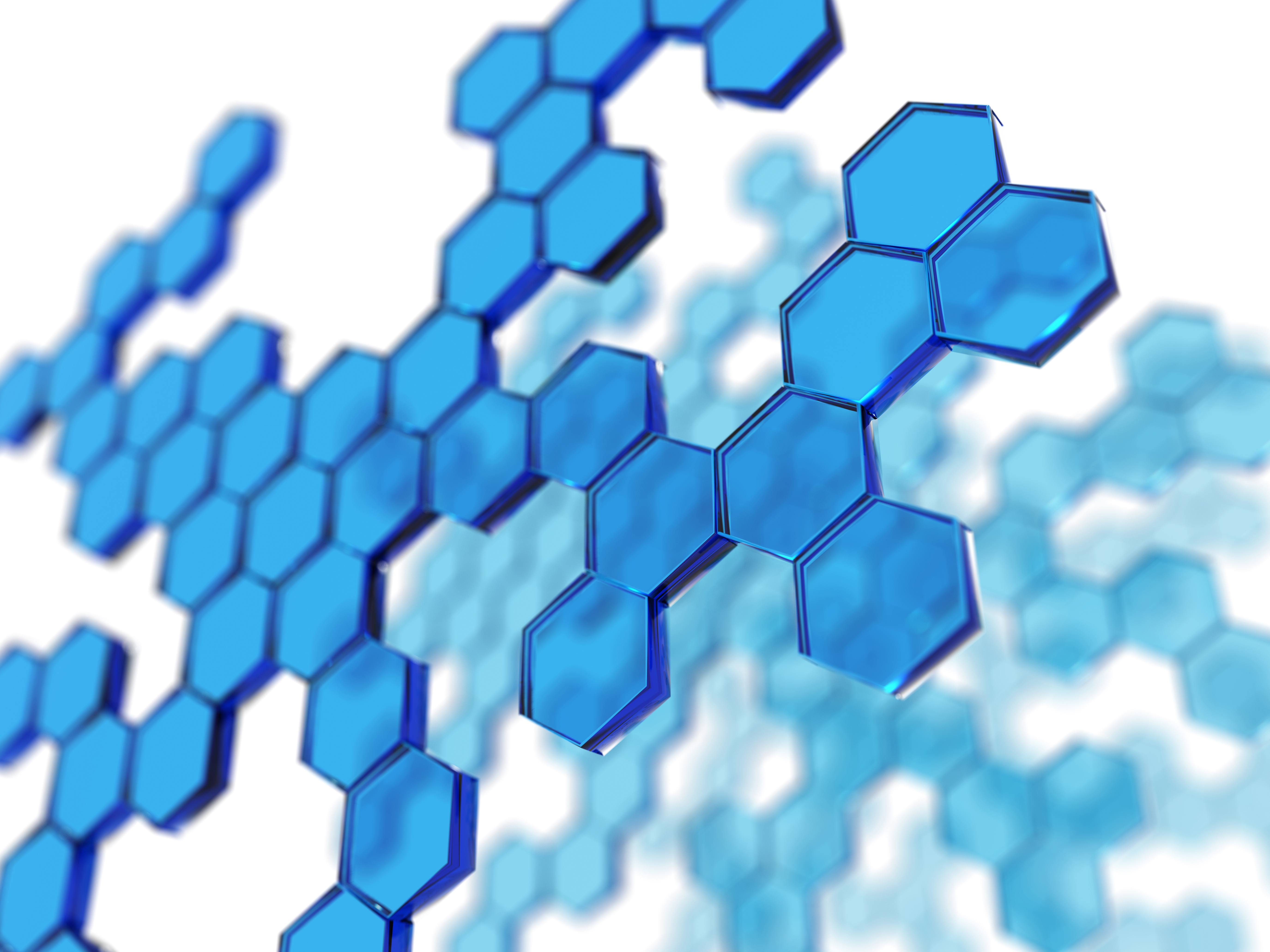
The April 2020 study published in Acta Crystallographica describes the crystal structures of norpsilocin (4-hydroxy-N-methyltryptamine, 4-HO-NMT) as a free base and a fumarate salt.1 The paper, published by a research team led by Dr. Andrew Chadeayne CEO of CaaMTech, is the first to quantitatively describe any crystalline form of norpsilocin. This is also the first description of a salt of norpsilocin.
Norpsilocin is a recently-discovered derivative of psilocybin. In 2017, a research team including Dr. Dirk Hoffmeister at the Hans-Knöll Institute in Jena, Germany, isolated norpsilocin from the mushroom Psilocybe cubensis.2
Norpsilocin is the dephosphorylated analog of baeocystin, which is present in some magic mushrooms. Norpsilocin is widely accepted as the active metabolite of baeocystin, although this hypothesis has not been formally proven via in vivo blood plasma studies.
Dr. Chadeayne described the work on CaaMTech’s webpage. “I think it’s pretty clear that the minor components in magic mushrooms contribute to the overall experience….Different magic mushrooms have different amounts of different compounds. And now we know that some of those compounds are highly active. From a chemical standpoint, we’re talking about different drugs.”